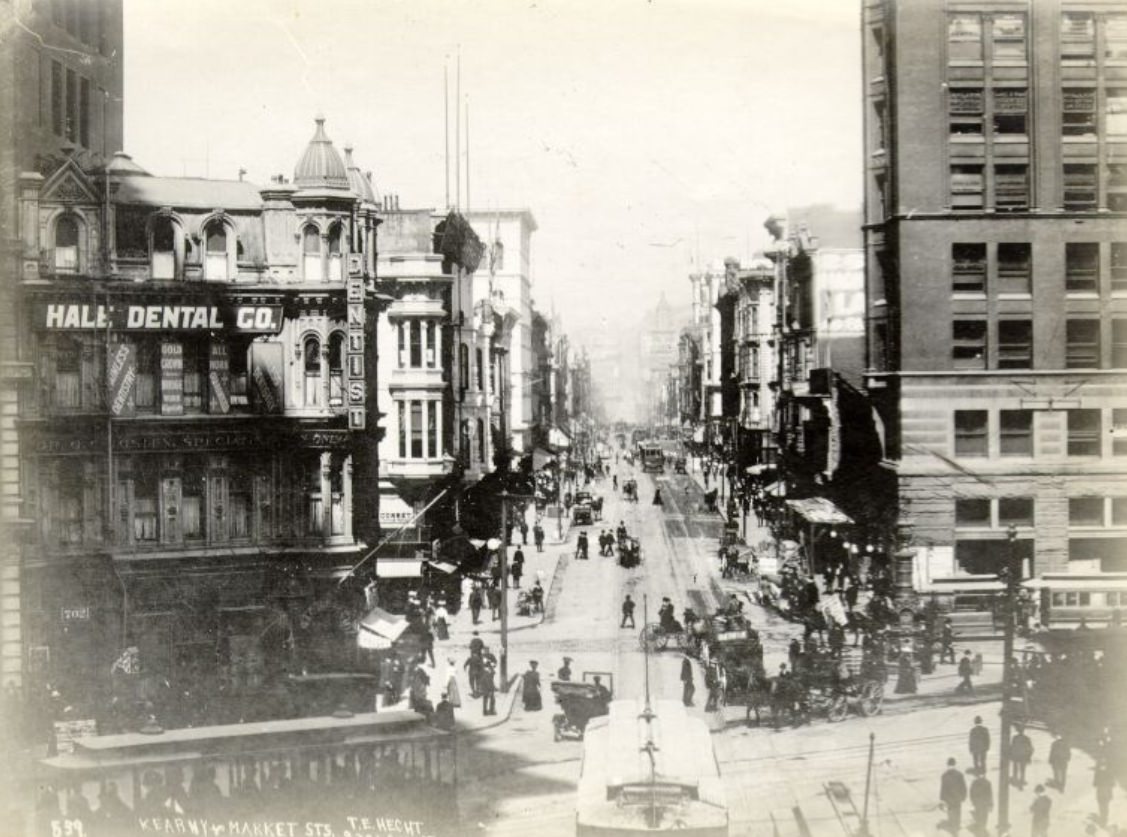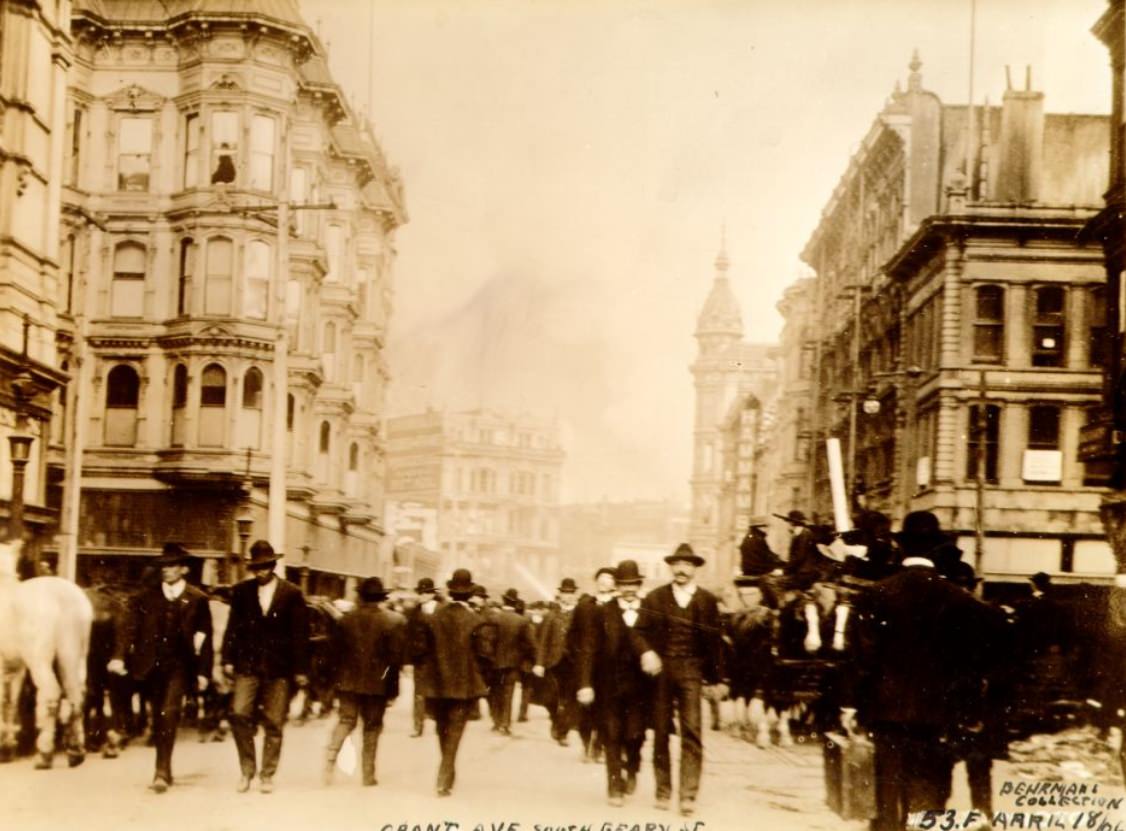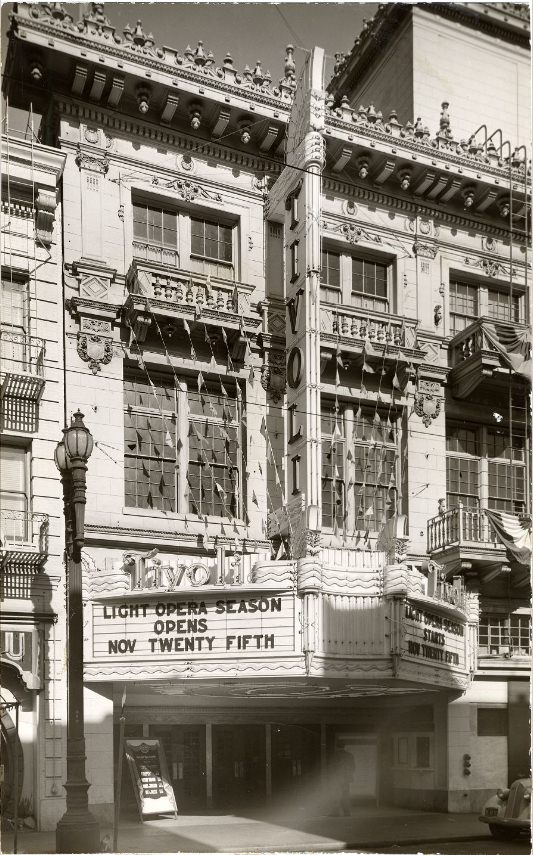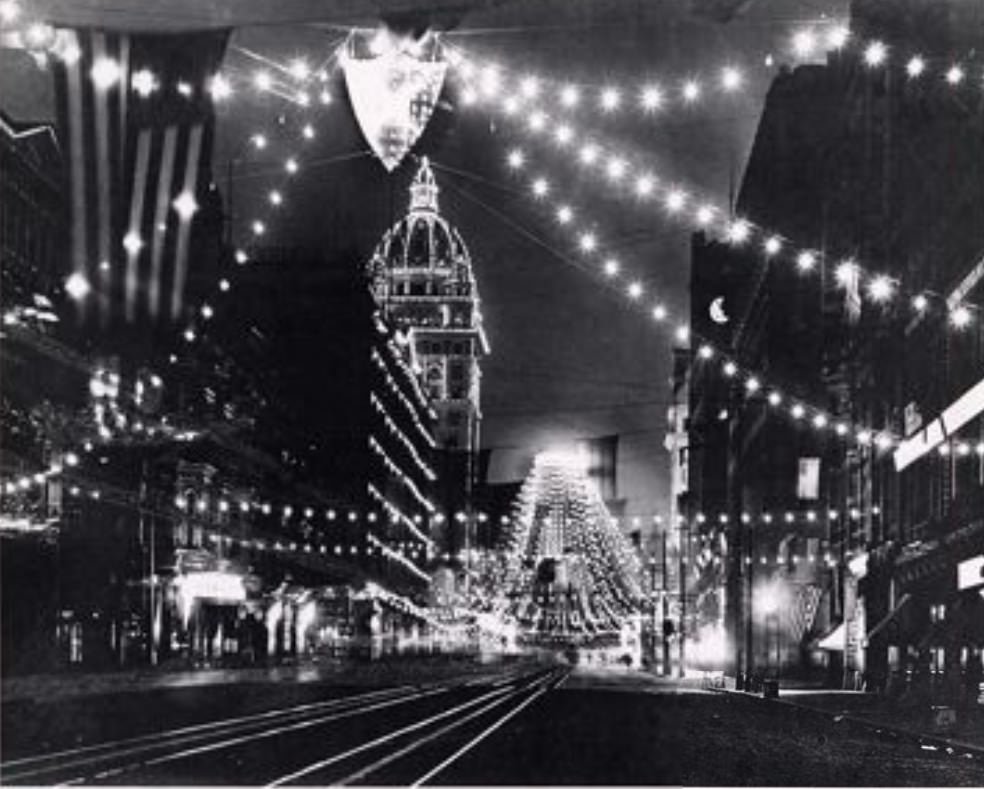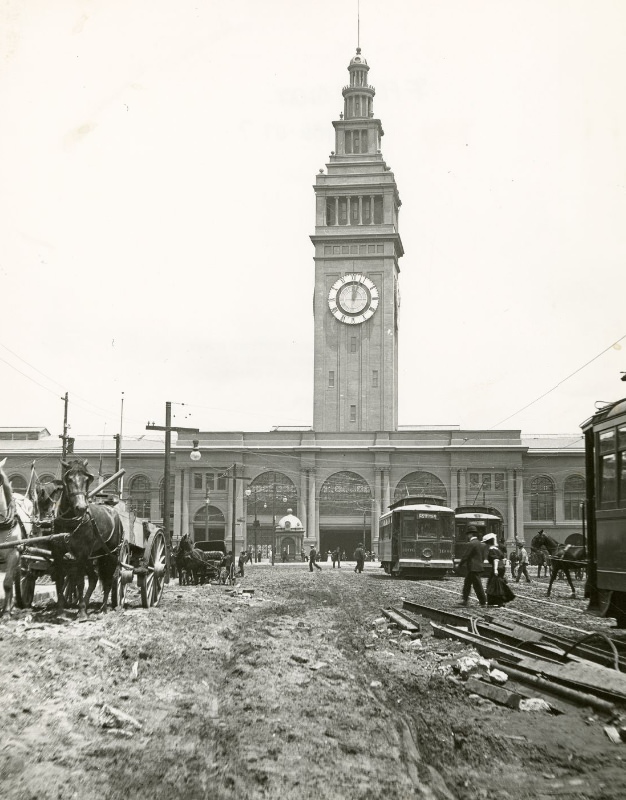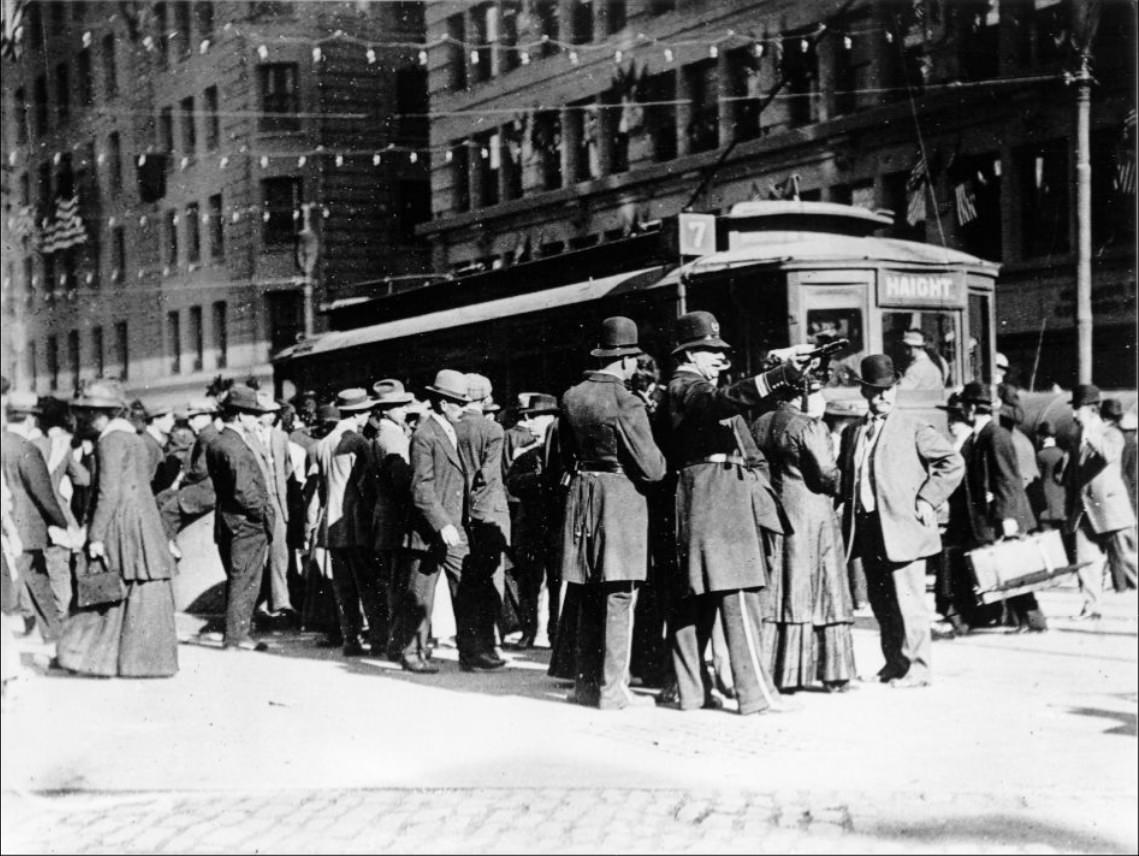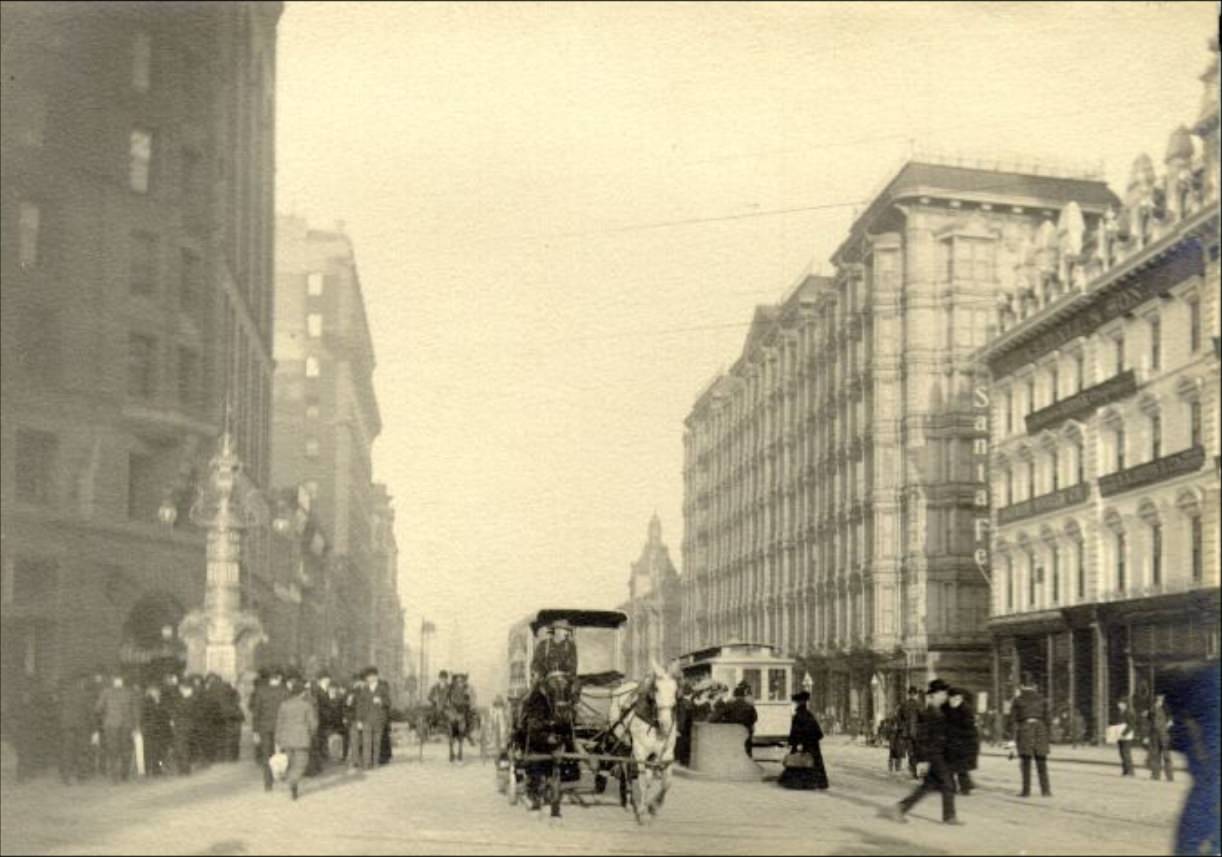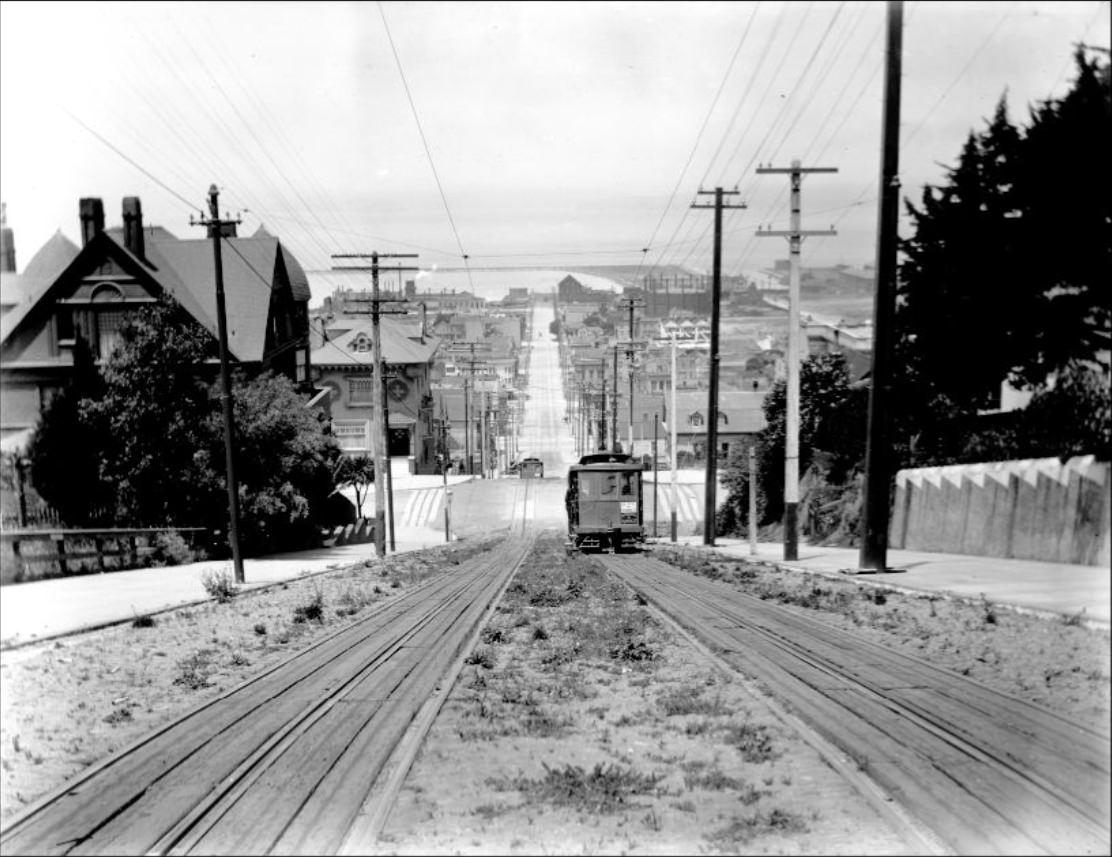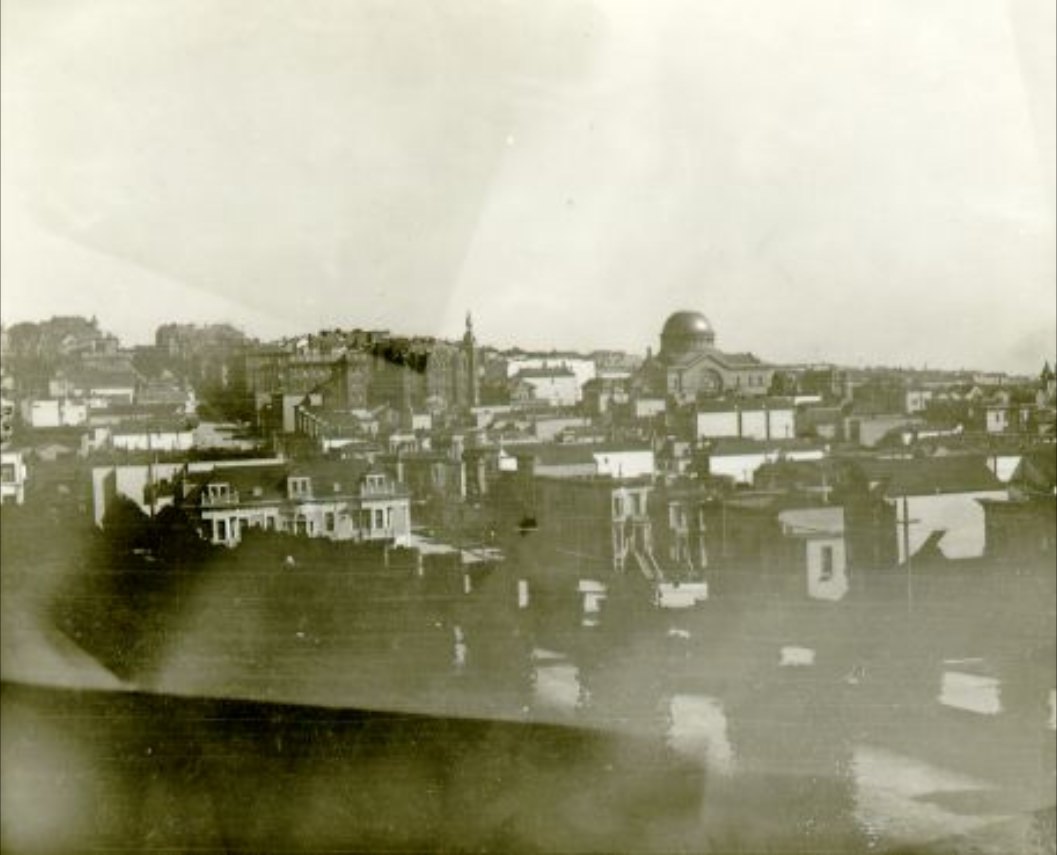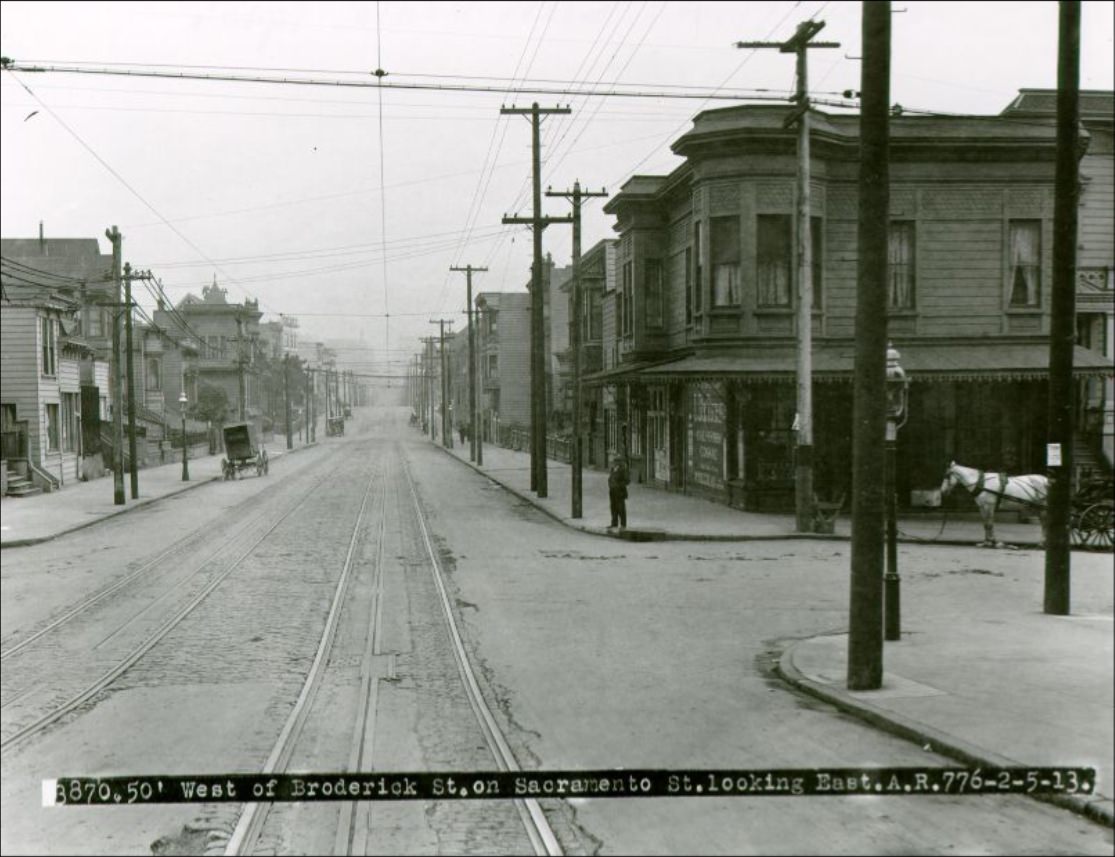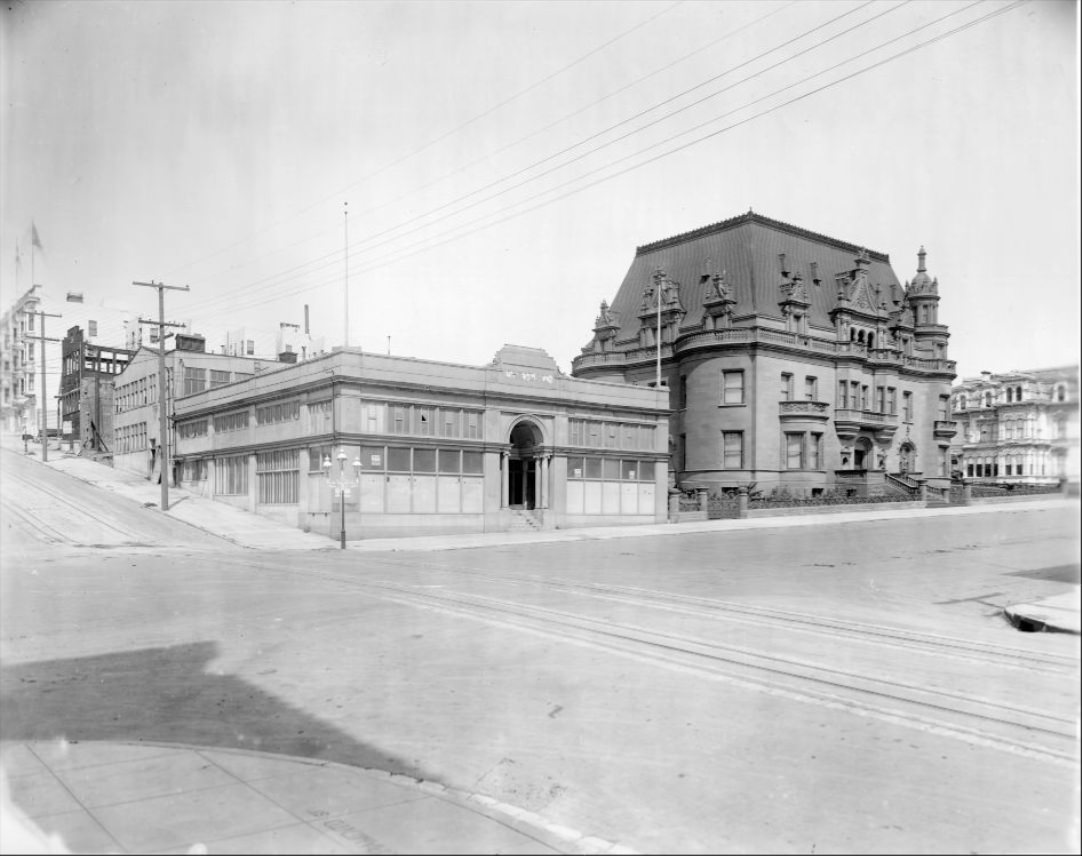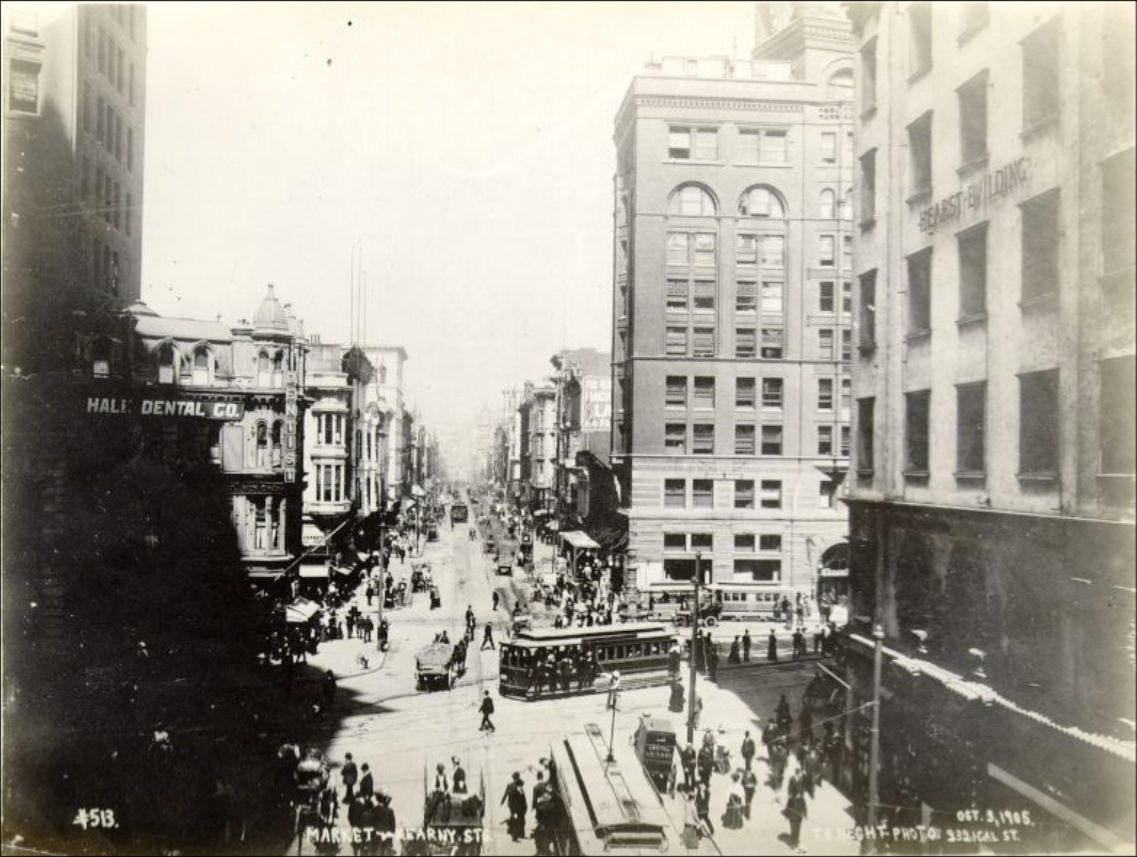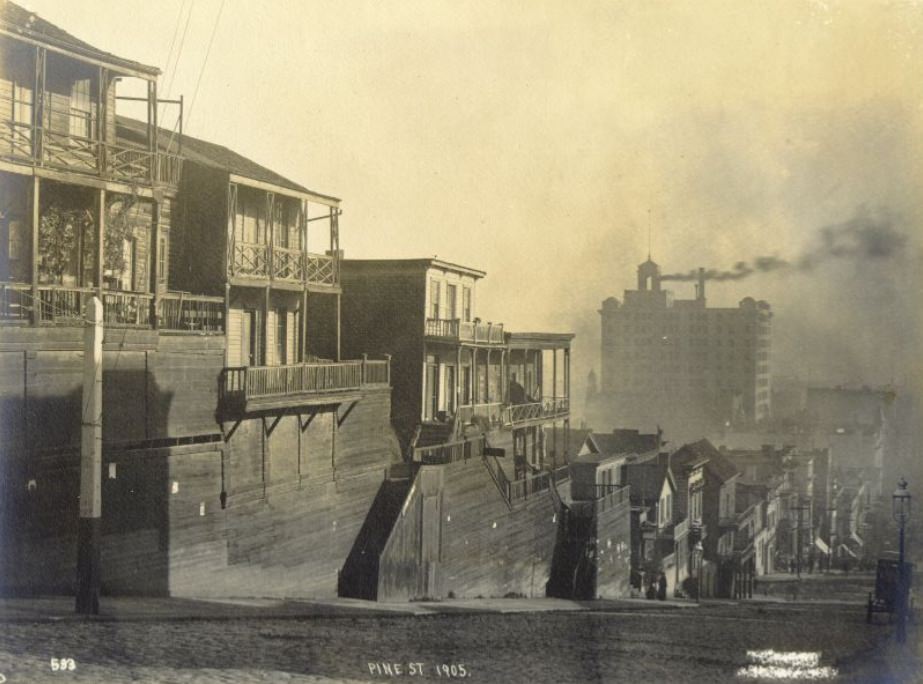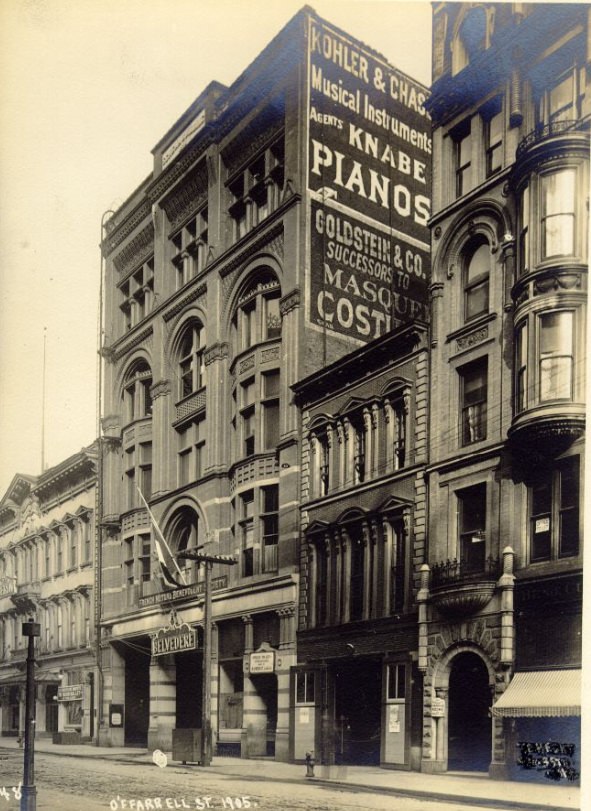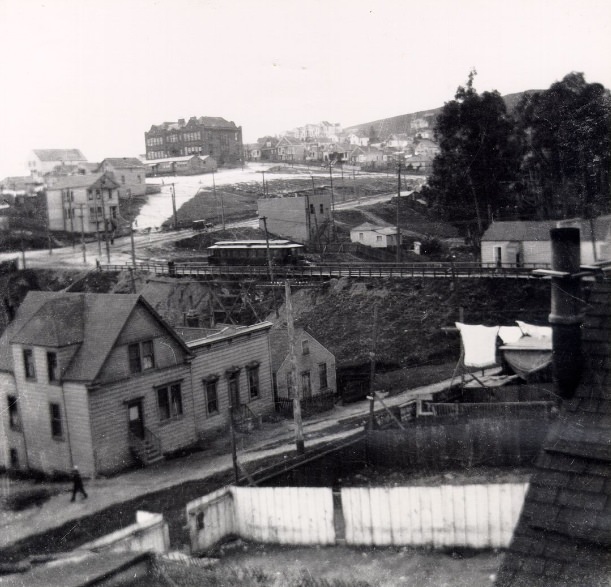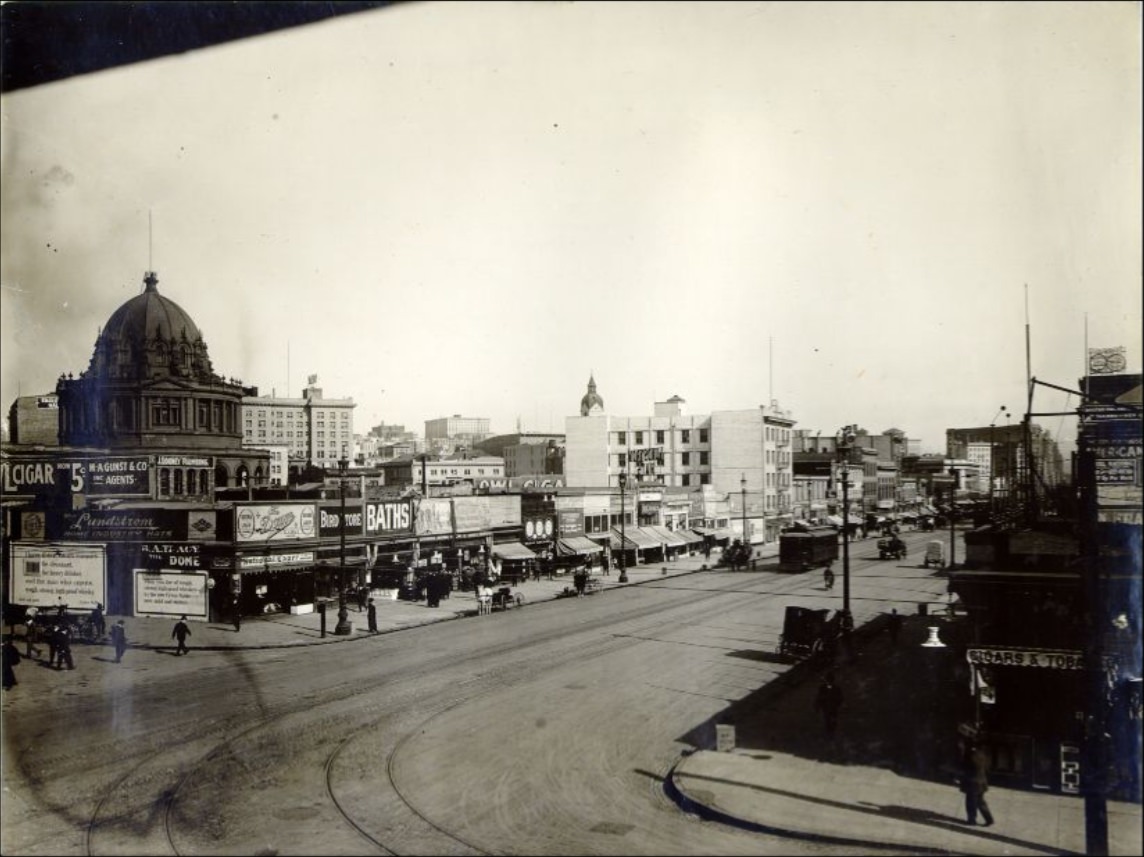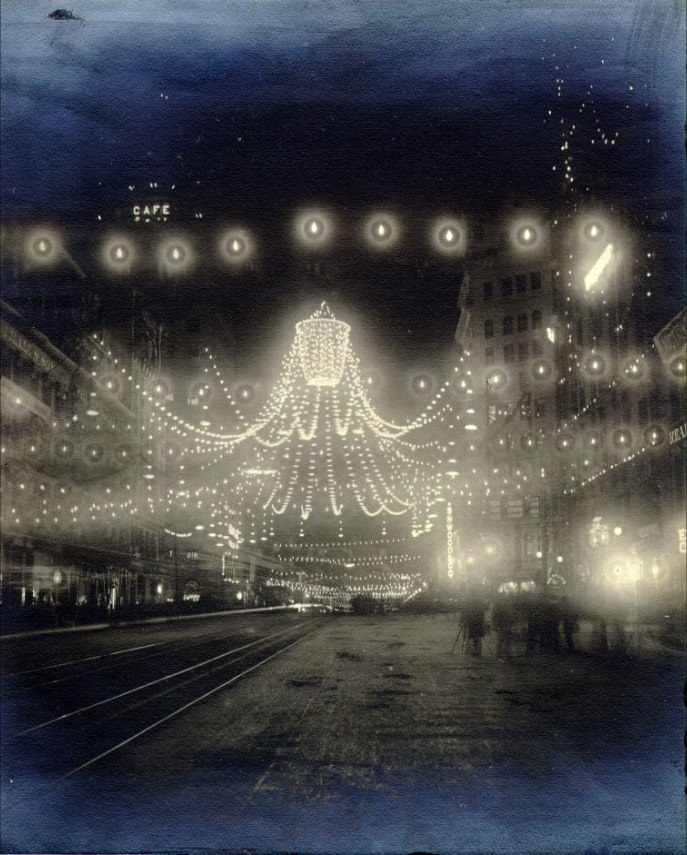As the 20th century began, San Francisco was a shining example of growth and success on the West Coast. The city was booming—more and more people were moving in, the economy was on the rise, and there was a lot of excitement about arts and culture. It felt like a time of new ideas and big changes, with San Francisco leading the way into the new century.
Growing Economy and City
In the early 1900s, San Francisco’s economy kept getting stronger and more diverse. The city’s port was super busy, and industries like manufacturing, banking, and services were growing fast. This boom helped the city expand, with new neighborhoods popping up everywhere to fit all the new people. San Francisco also made big improvements to its infrastructure, like making streetcar lines longer and improving public services, which made the city a better place to live and easier to get around in.
A Rich Cultural Scene and Social Progress
The city’s culture was thriving, too. San Francisco became a magnet for artists and performers from all over, with its theaters, opera houses, and art galleries buzzing with activity. The city’s mix of people from different backgrounds created an interesting cultural scene, with everything from Italian opera to Chinese theater and Irish pubs. At the same time, people were pushing for change, like better rights for workers and the right for women to vote, which was part of a bigger movement for social reform happening across the country.
The 1906 Earthquake
But then, in 1906, a massive earthquake hit the city. It was so strong that it destroyed a lot of San Francisco, killed hundreds of people, and left thousands without homes. It was a huge blow to the city, both physically and economically.
However, San Francisco didn’t give up. The city quickly started to rebuild, with a huge effort to not just fix what was broken but to make the city even better than before. They put new rules in place to make buildings safer and started big projects to rebuild the city.
By the end of the decade, San Francisco had made an incredible comeback. Landmarks like the new City Hall and the Public Library were symbols of the city’s recovery. And in 1915, San Francisco hosted the Panama-Pacific International Exposition, a big world fair that celebrated how far the city had come.









